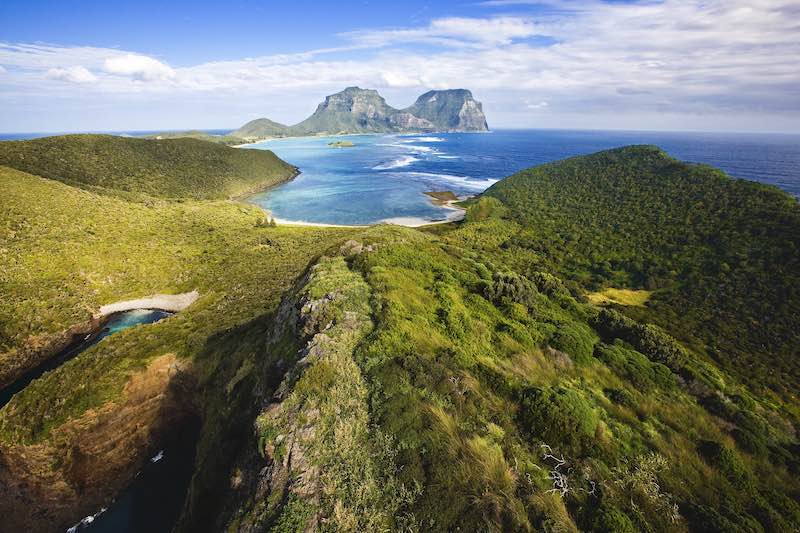
Photon Energy Australia has been officially named as the company chosen to install a solar and battery storage microgrid on Lord Howe Island, just weeks after the project was rebooted with a new grant from ARENA.
Photon said on Tuesday that it had been selected to install a 1. 2MW solar array with 3.2MWh lithium-Ion battery storage and microgrid control on the remote New South Wales island. Construction is due to begin next year.
The project last month was awarded $4.5 million in grant funding from the Australian Renewable Energy Agency – the same amount extended by the Agency more than five years ago, at that time for a combination of 450kW of solar, 550kW of wind (two turbines), and battery storage.
But the hybrid renewables project hit a wall in 2017, when then federal energy minister Josh Frydneberg intervened to rule out the two wind turbines, sending the project back to the drawing board, and forcing the withdrawal of the first ARENA grant.
As we reported in September, Frydenberg’s call – controversial at the time in light of the federal Coalition’s well-aired anti-wind power views – was brought further into question when a recent Guardian Freedom of Information request revealed he had overruled his own department.
Two years and “further feasibility studies” later, a solar PV and battery storage microgrid was found to provide roughly the same benefits as the solar and wind solution – or more than two-thirds of the island’s electricity supply.
Photon said in a statement that the integrated solar and storage system had been purposely designed for a remote location, and would start the island’s transition away from diesel power generation.
“The technology applied on the island is highly applicable for commercial customers, mines, agriculture, islands and other remote locations to provide power, manage peak loads and reduce energy costs,” said Photon’s managing director, Michael Gartner.
“With a combination of solar and battery storage Photon Energy is securing the energy future of Lord Howe island and reducing diesel consumption by 67 per cent.
Gartner said the microrgid would cut island’s greenhouse gas emissions, greatly reduce the risks of transporting, storing and using diesel on the the UNESCO World Heritage listed island, and deliver significant cost savings by not having to purchase and transport as much diesel.
“Solar is the lowest long-term cost and safest energy production for this remote location,” he said.
“Solar with battery storage delivers cost effective renewable energy with added security via dispatchable battery power.”

Sophie is editor of One Step Off The Grid and editor of its sister site, Renew Economy. Sophie has been writing about clean energy for more than a decade.


